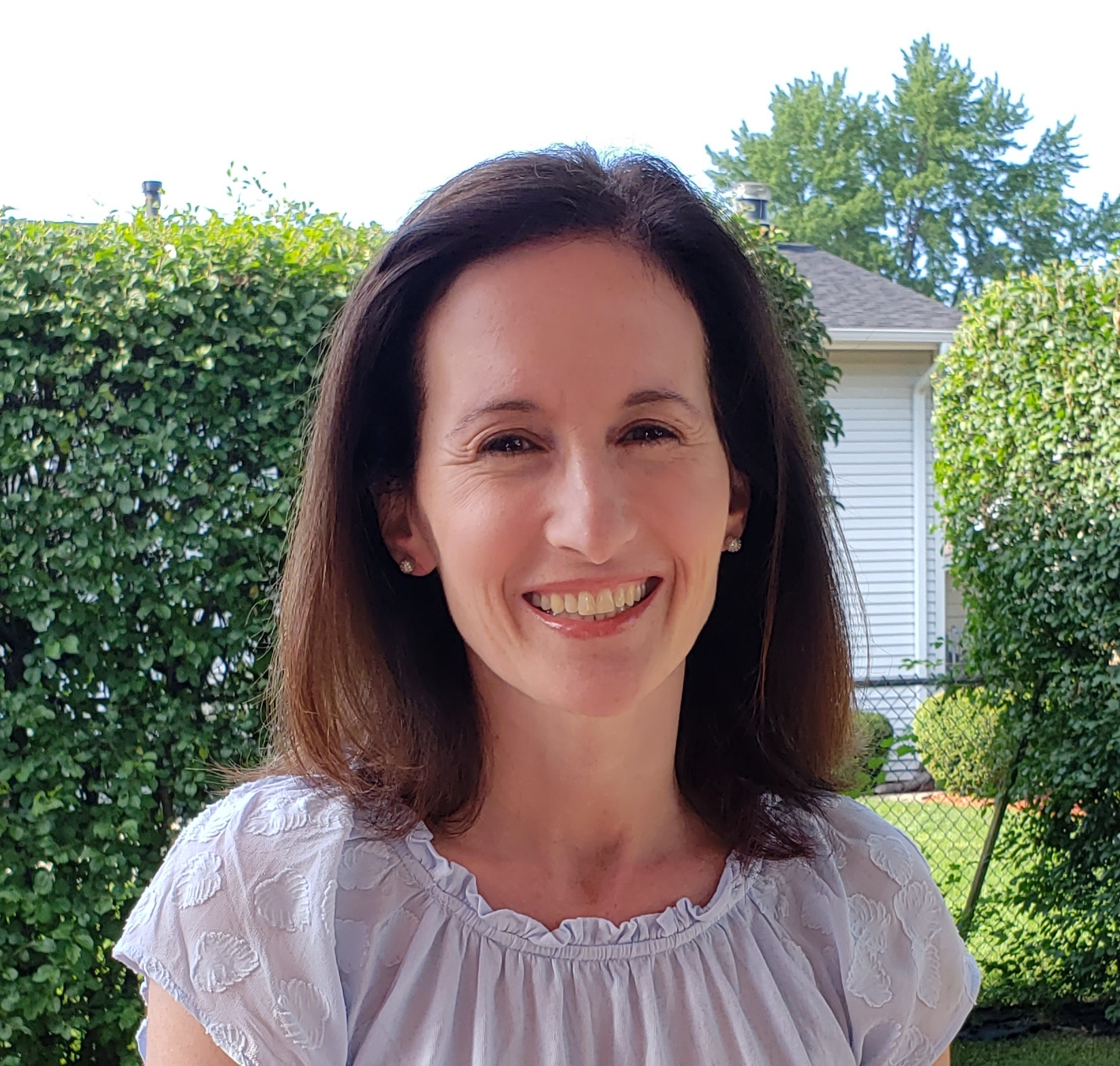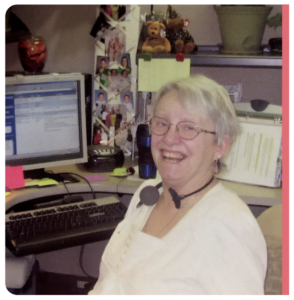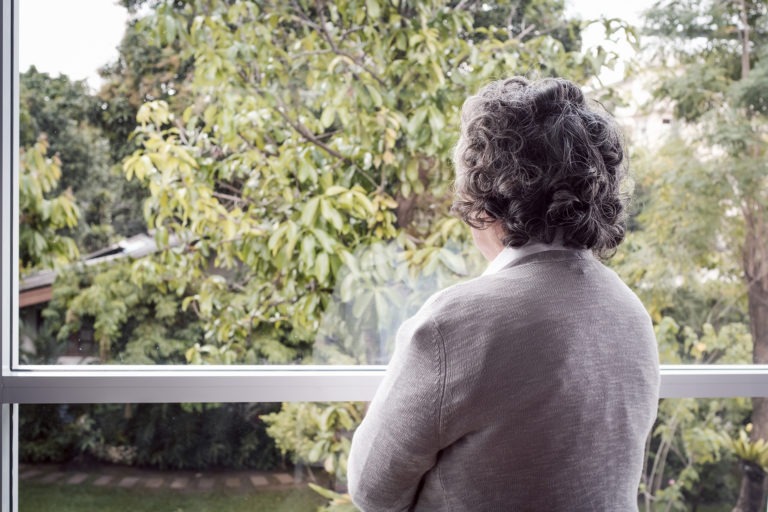
Melanie Kalmar is a journalist specializing in business, healthcare, human interest, and real estate. When not writing, she enjoys spending time with family.
Older adults are at risk when a caregiver fails to understand or meet their needs
Colleen Morley trusted that her mom’s new husband was up for the task of caregiving. Not that Patty, who was in her early 70s, seemed in need of a caregiver.
Patty had retired in 2011 and moved from the Chicago area to Kansas City, Missouri, in 2014 to marry her newfound love, Ed, whose name has been changed for privacy. Before then, Patty was an intensive care unit nurse, an occupation she proudly held for more than three decades.
But, as the saying goes, nurses make the worst patients, and Patty was no exception. She had two chronic medical conditions to manage: Crohn’s disease, which is an inflammatory bowel illness, and Graves’ disease, which causes an overactive thyroid. Still, she was in denial. She ignored the warning signs that her health was declining and that she had new, undiagnosed conditions to battle.
After a brief hospital stay in June 2018 for a Crohn’s flare-up, Patty’s physician prescribed a steroid. Ed accompanied Patty to every doctor appointment that followed, including the one where her doctor said to stop taking the steroid. But Ed and Patty thought the doctor said Synthroid, the medication she took to manage her thyroid condition.
Patty stopped taking Synthroid for five months, setting off a dangerous health cascade. She lost 10 pounds a month — a total of 50 pounds — during that time. She started to exhibit signs of other health problems but chose to ignore them. She had difficulty using her phone and computer, but she blamed it on needing new eyeglasses rather than on the cognitive issues she was actually experiencing.
By accidentally allowing Patty to stop taking Synthroid, and not taking care of her hygiene and other medical needs because he didn’t understand what was needed, Ed allegedly committed passive neglect, an unintentional failure to meet a care recipient’s basic needs, including, but not limited to, food, clothing, shelter, and medical care.

In Ed’s case, it may have happened due to an inadequate knowledge of a care recipient’s needs, but passive neglect can also result from a physical inability to meet a person’s basic needs or simply not seeing the value in the prescribed services.
Back in Chicago, Morley was unaware of the situation with her mother. Patty, who was always a bit overweight, was excited about her weight loss at first.
“I lost weight. I look great. You would be so proud of me,” she told her daughter over the phone. Meanwhile, Morley recalls, Patty started complaining about other issues that had never bothered her before: the crowds at Walmart, neighbors, local drama — clues she was experiencing a mental change.
To cover up her lack of appetite, a side effect of not taking Synthroid, Patty would explain it away by saying, “I can’t find any Chinese food places here,” or “The pizza here is awful.” She also denied that she was becoming forgetful. “She didn’t remember how to use her phone,” Morley says.
As a nurse and as president-elect of the national Case Management Society of America, Morley suspected something was wrong with her mom. She often saw cases of passive neglect at work and soon realized her mother was at risk.
A harsh reality
Passive neglect puts care recipients at risk of serious injuries, illness, or death. It’s an unwilful neglect when a caregiver unintentionally fails to understand or meet an older adult’s needs.
But often, people don’t realize a loved one is being neglected. Or, if the caregiver is a relative or close friend, they don’t report it because they fear law enforcement will become involved, says Diana Lozano, a supervisor at DuPage County Adult Protective Services (APS) in Wheaton. But law enforcement only steps in when the situation involves criminal neglect or the care recipient has died under suspicious circumstances, she says.
In Illinois, passive neglect is one of the most reported allegations of elder abuse. In 2020, Illinois Adult Protective Services received about 3,543 reports of passive neglect, constituting 19% of all elder abuse reports in the state among older adults age 60 and up, as well as adults age 18 and older with disabilities.
Reports come from many places: physician’s offices, siblings, neighbors, the bagger at the grocery store, or the teller at the bank, says Amy Brown, division manager for Advocacy and Prevention Services at the Illinois Department on Aging.
Stopping passive neglect is about being involved in your loved one’s care. It’s allowing them to have autonomy in decision-making but also making sure they have help with activities of daily living.”
Lozano points out that not all 3,543 reports of passive neglect in Illinois are actual cases of neglect. After a caseworker visits the home and interviews the care recipient, without the caregiver present, they may determine that neglect is not happening.

APS caseworkers consult with care recipients, keeping their personal interests in mind. “We work on what the client wants,” Lozano says. “If the client is alert and oriented, it is up to them if they want us to continue with the investigation and interview others [witnesses to the neglect] or if they want us to make referrals for services.”
The Illinois Department on Aging provides a wide range of services — from discounted transportation resources to home-delivered meals — to help care recipients, as well as caregivers.
If the older adult is not alert-oriented — due to dementia or other health issues that prevent them from making their own decisions — the agency first tries to educate the caregiver about providing adequate care. If the caregiver refuses to oblige, the caseworker tries to find another family member willing to step in. If nobody is willing or available, they proceed to do a referral for guardianship and, depending on the older adult’s finances, look for private in-home caregivers or a nursing home placement.
Watch out for signs
Unlike active neglect, passive neglect is unintentional. “From my experience, passive neglect comes from a lack of education about what people need, a lack of support in their home environment, and a lack of services,” says Andrea Vernon-Cwik, a geriatric social worker with University of Chicago Medicine.
As the trajectory of an illness changes, so do the care recipient’s needs. Those needs must be met, or passive neglect sneaks in.
Indications of passive neglect are not always obvious to the casual observer. Brown says to watch for the following signs:
- A lack of personal care — dirty hair or overgrown fingernails.
- Malnutrition — sunken eyes or weight loss.
- Chronic physical and psychiatric health problems.
- Dehydration — extreme thirst or dull, itchy skin.
- Bedsores — which indicate prolonged sedentary periods.
Another warning sign is when older adults who require round-the-clock care are left home alone.
“We only hear, ‘Don’t leave children home alone.’ But we don’t hear, ‘Don’t leave older adults who have severe disabilities home alone,’” Lozano says. “How are they going to get food? Do they have access to a phone in case of emergency? Are they very confused? Can they get out of the home and wander, or turn on the stove and leave it on?”
Taking back control
Morley never filed a report with Adult Protective Services about Patty’s alleged neglect. Instead, Morley and her sister simply took over caregiving from Ed. They flew out to Kansas City in December 2018, six months after Patty’s Synthroid mix-up. When they arrived, Patty, who was always put together, appeared underweight and unkempt. And her house was cluttered, bordering on a hoarding situation.
“Her husband was at his wits’ end, very nonmedical, not prepared for this,” Morley says. The sisters met with Patty’s doctor to reconcile her care, and Patty went back on Synthroid. Suspecting Parkinson’s disease, the sisters requested a neurological workup on their mom. Two weeks later, the doctors gave Patty a diagnosis of stage 3 Parkinson’s disease with dementia.

Ed wasn’t the only one to blame. Patty’s physician didn’t notice the physical and cognitive changes in her, and she saw Patty every month during the five months Patty was off Synthroid. Morley recalls the doctor’s excuse: “Patty’s a nurse. I thought she knew better.” But, Morley reminded her, “She’s not a nurse right now; she’s your patient. You don’t assume.”
Plus, Morley insisted the doctor should have checked Patty’s health literacy every time she saw her, making sure Patty understood her medical conditions and medications. Morley believes that caregivers, not only patients, need to understand that, too.
Morley advises caregivers to become educated about their care recipient’s medical conditions. As time goes on, if they become unable to provide all of the necessary care, they can fill the gap by hiring paid caregivers, taking advantage of services offered by the state, or moving their loved one to a care community.
“Stopping passive neglect is about being involved in your loved one’s care,” Vernon-Cwik says. “It’s allowing them to have autonomy in decision-making but also making sure they have food, clothing, shelter, medical care, and any devices and equipment, like hearing aids and walkers, to help with activities of daily living.”
A change of plans
Caregiving from afar proved challenging. Morley tried to get Patty services from the state, such as home-delivered meals, so she could live comfortably at home, but Patty and Ed didn’t qualify based on income.
Ed’s family helped out for a while, and Patty actually did okay, despite two or three hospitalizations. But a hospitalization in 2020 was her last. She couldn’t tolerate the duration or level of treatment anymore and wanted to be at home. Morley set her up with in-home hospice care — a service she recommends caregivers investigate early on, not just during the active dying phase.
Hospice provided every piece of equipment Patty needed at home, along with nurses, social workers, and chaplains. “She had a full team of people supporting her and keeping her comfortable,” Morley says. Patty died five months later.
Before Patty passed away in November 2020 at the age of 72, Morley remembers she reverted back to nurse mode. “She looked at me and said, ‘My story would be really good for you to teach people. You have my permission.’”
Morley recommends that family members keep a close eye on their loved ones. Look for signs of passive neglect, and don’t hesitate to file a report if an older adult lacks any of the basics — food, clothing, shelter, or medical care. Identifying passive neglect and intervening might save someone’s life before it’s too late.









